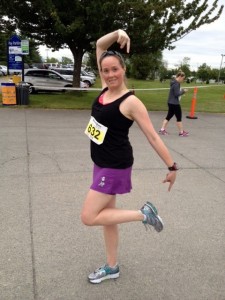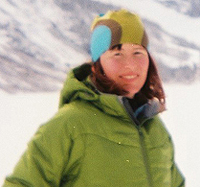What I Talk About When I Talk About Love (Part 2)
“If you only read the books that everyone else is reading, you can only think what everyone else is thinking.”
― Haruki Murakami
GRANT: I finished reading Haruki Murakami’s book “What I Talk About When I Talk About Running”. It is really great. The second half of the book deals more with his experience with ultramarathons and triathlons.
It was interesting to read that he titled his book based on a book of short stories written by Raymond Carver called, “What We Talk About When We Talk About Love”. He doesn’t explain why and Google did not reveal any clues, but he got special permission from Carver’s widow so it must hold some meaning to him.
I think it’s hard not to enjoy Murakami’s writing style. It is like a journal; so confident and with no pretention. A very easy, laid back writing style even though it’s really a deep book. He manages to talk about his difficulties with open water swimming mixing that with introspections on consciousness.
I had this book up at my family cottage over the weekend. On Sunday I swam back from an island in the middle of the lake. It’s about 3K. I didn’t time it, but it probably took around an hour. My dad paddled the canoe beside me. It brought back a lot of memories.
A couple of years ago I did the same thing with my girlfriend. She swims about 2 hours a day with a masters swimming club and finished about a half an hour in front of me. I was definetly a lot faster and smoother this time. I have to credit her with getting me into swimming and we’ve spent a lot of time in the pool over the past 3 years. In fact it’s probably a major reason we got together. In one of our first conversations she described how meditative it is to swim. There is so much sensory deprivation in a swimming pool. You can really focus in on your movements and she told me that she would chant Buddhist mantras while she swam. She’s so lovely.
When I was swimming I also thought about my mother. When I was about 15 (and so about 25 years ago) we had a terrible idea to swim out to the island and back. This was in September and the water was starting to get cold. About half way out we realized there was no chance of making it and turned to come back. I got to the beach a bit faster than she did and then the next thing I knew my dad and my uncle were carrying her limp body straight to the car. They jumped in and raced to the nearest hospital. With no phone it took several hours for the neighbour to come by with word that she was okay. That was a few hours where I was fairly sure that my mom had died and I will never forget it. She had some kind of hypothermy and was hospitalized for several weeks.
This time around, my mother was there to greet me when I got out of the water. A little tired, but otherwise okay and very thankful for my health and for the people around me.
I think the thing I enjoyed the most about this book is that Murakami has written it as an ode to running and to describe how much it means to him to be able to run. I feel like I haven’t read that many books like that. Here’s one final quote from this wonderful book:
“Long-distance running (more or less, for better or worse) has molded me into the person I am today, and I’m hoping it will remain a part of my life for as long as possible. I’ll be happy if running and I can grow old together. There may not seem to be much logic to it, but it’s the life I’ve chosen for myself. Not that, at this late date, I have other options.”


 has, they still feel like a new shoe. And the silver gray mesh means the shoes hide dirt well and still look pretty new as well.
has, they still feel like a new shoe. And the silver gray mesh means the shoes hide dirt well and still look pretty new as well. 


 Born in Nova Scotia and emigrating to British Columbia via Ontario and Alberta, Magi has been running the entire way. Primarily defined as a cross country ski racer, Magi has competed nationally and internationally in that sport. The highlight of her career was competing in the World University Games and the World Cup races in Canada in 2007. Cross country skiers rely heavily on running for cross training and Magi has become an accomplished trail and mountain runner, representing Canada at the World Mountain Running Championships in 2005 and the winning numerous national championships medals.
Born in Nova Scotia and emigrating to British Columbia via Ontario and Alberta, Magi has been running the entire way. Primarily defined as a cross country ski racer, Magi has competed nationally and internationally in that sport. The highlight of her career was competing in the World University Games and the World Cup races in Canada in 2007. Cross country skiers rely heavily on running for cross training and Magi has become an accomplished trail and mountain runner, representing Canada at the World Mountain Running Championships in 2005 and the winning numerous national championships medals.  Our Magazine
Our Magazine
